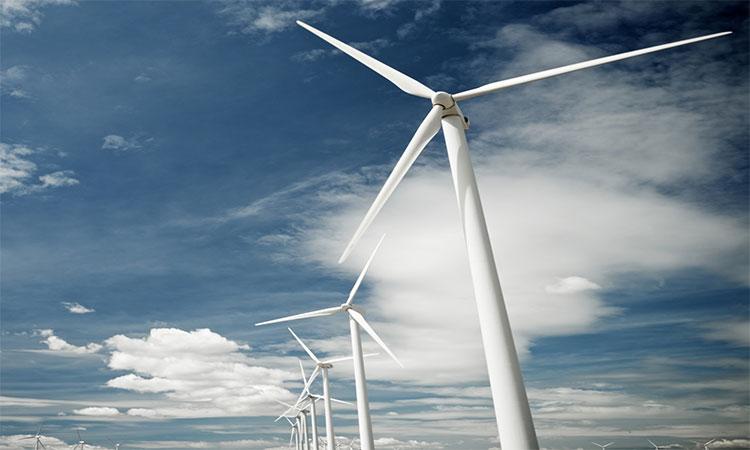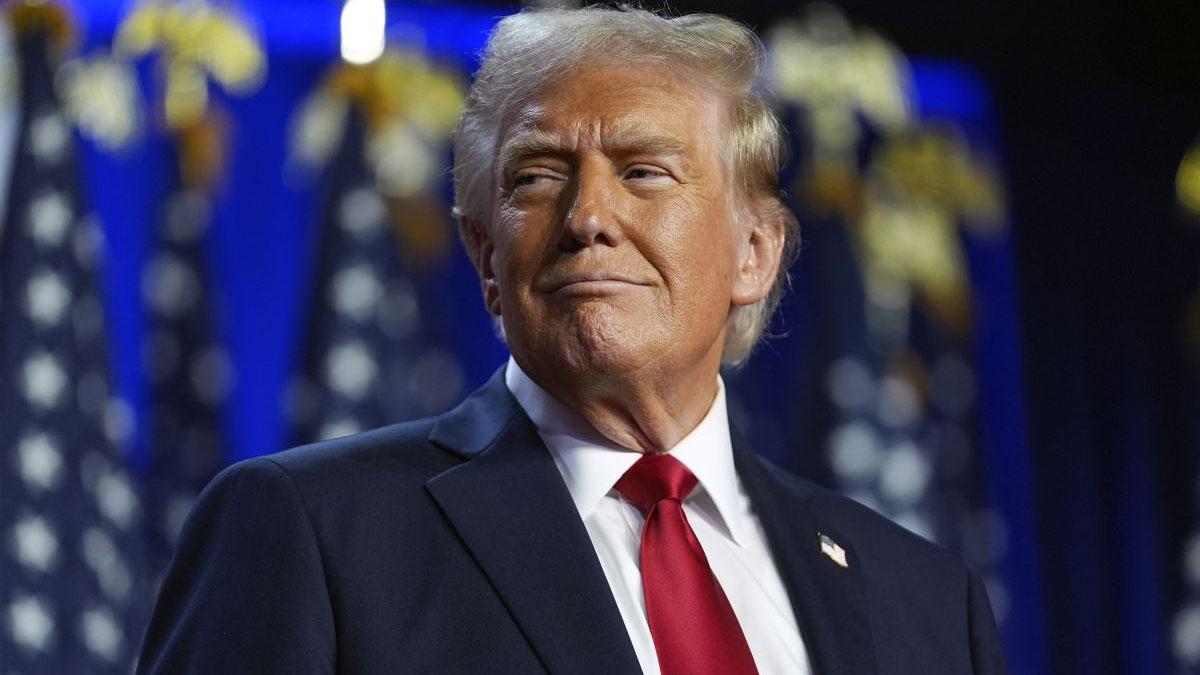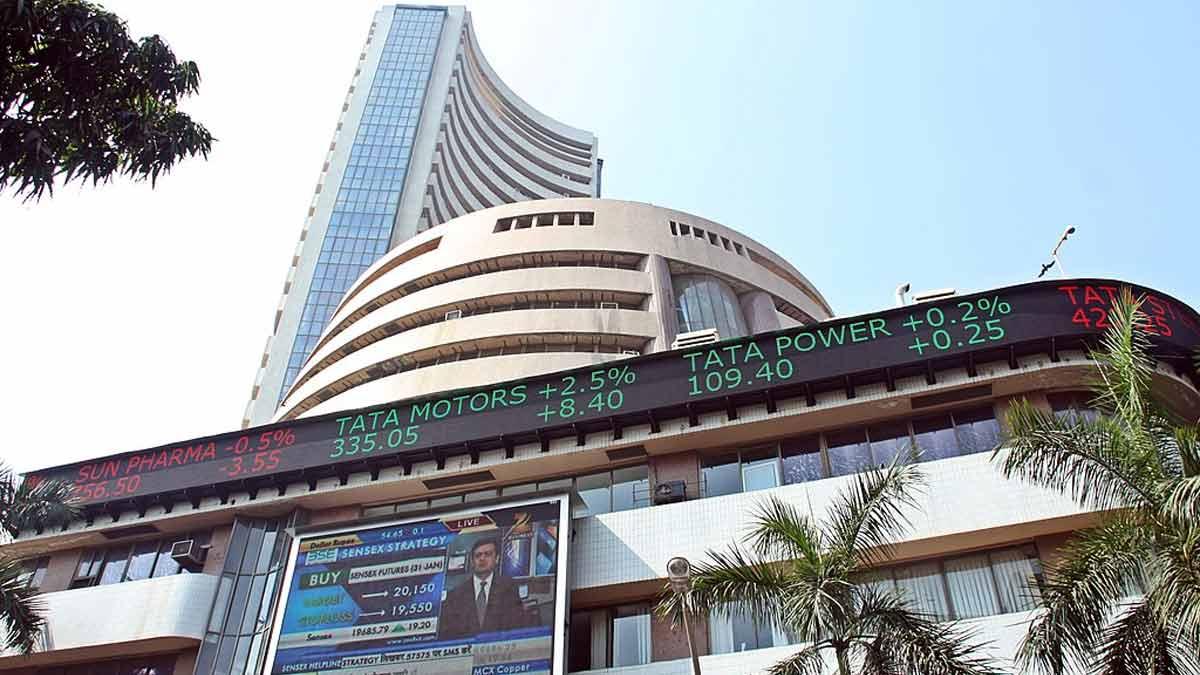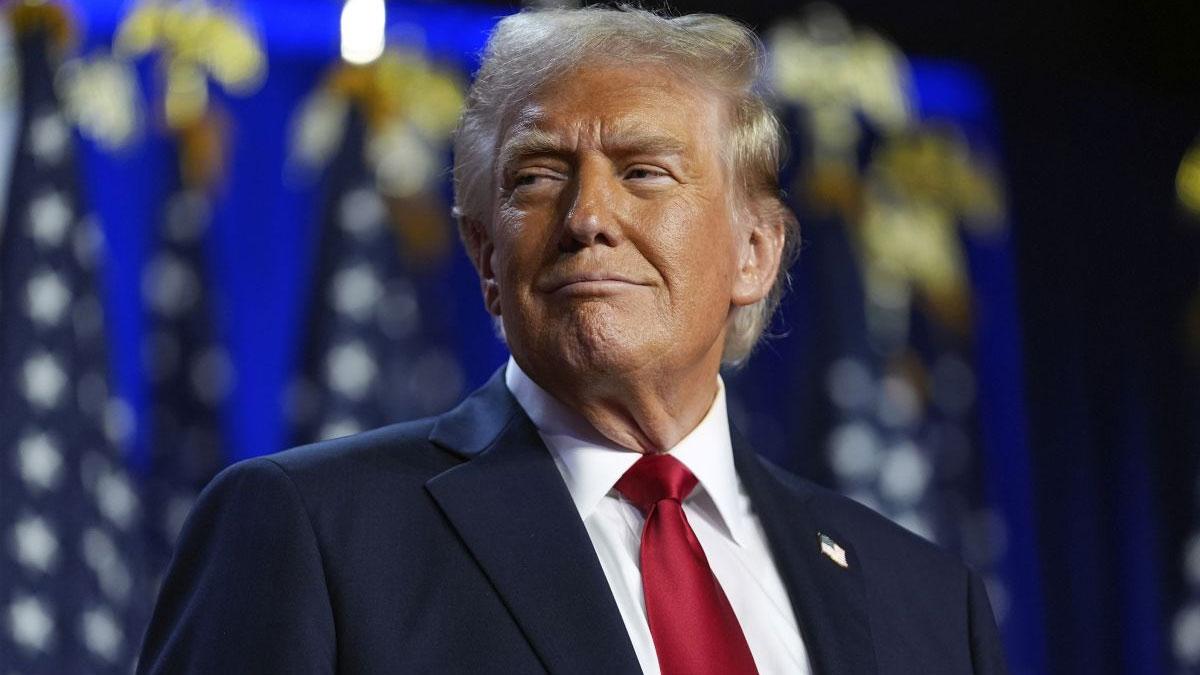The wind industry can expect record installations in both onshore and offshore markets by 2025 with 680 GW of new capacity expected by 2027, said the Global Wind Energy Council (GWEC) annual report 2023 on Tuesday.
Policymakers need to act now to avoid a supply chain bottleneck stalling the deployment of wind energy from 2026. Those supply chain challenges could imperil hopes of the world reaching key 2030 climate targets -- a key stop on the journey to net zero by 2050.
After a disappointing year in 2022, a fast-evolving policy environment has set the scene for a period of accelerated deployment over the coming years, with the industry set to install 136 GW per year, reaching a compound growth rate of 15 per cent.
As the global wind report demonstrates, there is an urgent need to ramp up investment in the supply chain all around the world. GWEC's mapping shows that both the US and Europe are likely to see supply bottlenecks for turbines and components from as soon as 2025, as the wind market sees the positive impact of the US Inflation Reduction Act, increased ambition in Europe, continued rapid build out in China and large developing countries speeding up their deployment.
Decisions made by policy makers will have a decisive impact on whether the world will be able to carry out the energy transition within the necessary timeframe, and the cost of the transition. While moves to further incentivize investment in supply chains and create more regional diversification and resilience are to be welcomed, attempts to create rigid local content requirements or implement protectionist trade measures create the risks of sharply higher costs or even serious delays to the necessary expansion of wind and renewables.
Ben Backwell, Global Wind Energy Council CEO, said: "The message for policymakers from this yeara s Global Wind Report is clear: it is time to double down on your ambition and deliver the support that will secure the clean energy future dawning in front of USA
"New policies focused on accelerating the deployment of secure, renewable energy are being introduced across the world, and GWEC expects a sustained surge in growth over the coming decade and beyond. But in order to ensure implementation policymakers need to act decisively to fix market and regulatory barriers to allow investment to flow into new factories to avoid future bottlenecks.
"In addition, we need much more active global collaboration to enhance and de-risk the supply of critical raw materials in order to ensure that the green economic revolution had the inputs it needs in this crucial period.
"The theory has long been proven: backing wind energy creates jobs, builds new industry and delivers clean and secure energy while ensuring climate goals are met and net zero is achieved. Policymakers must embrace the opportunity in front of them and work with industry to secure the energy transition."
Responding to the report, Francesco La Camera, Director-General of the International Renewable Energy Agency (IRENA), said: "Today, renewables are still the energy choice for new power generation, despite the effects of recent global crises and geopolitical shocks on the energy sector.
Also Read | Disney's 1st job cut round begins this week, 7K employees to be hit: CEO
"IRENA's latest data confirm 2022 has seen the largest increase in renewable energy capacity to date. The world increased the stock of renewable power by 9.6 per cent and contributed an unprecedented 83 per cent of global power additions.
"Wind energy remains one of the fastest growing generation sources. But the latest IPCC message is clear, we are not moving fast enough. One of the most realistic options to limit the global temperature increase is a massive scale-up of renewable energy solutions. If we are to stay on the 1.5C pathway, renewable power must triple by mid-century."


















